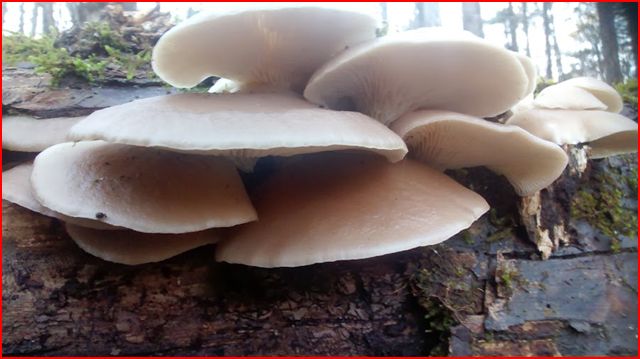by Mattie Blue
If a picture is worth a thousand words, then a figure (in an academic paper) is worth a thousand hours of thought and action. Since starting my internship in Dr. Richard Di Giulio’s lab, I have learned the truth about those glossy, meticulously edited scientific journal articles that are piled high on any researcher’s desk: For each figure that is displayed in a paper, it is likely that tens of hours of trial and error, collaborative problem solving, and data analysis were devoted to its production.
This summer, under the mentorship of Dr. Nishad Jayasundara, I have committed my efforts to understanding and illustrating how combinations of two or more environmental stressors that are found in natural ecosystems can interact to affect species and communities. In particular, I am investigating how temperature stress combined with polycyclic aromatic hydrocarbon (PAH) exposure affect early development and later-life fitness in zebrafish. PAHs are a group of compounds that are ubiquitous in the environment because they are produced from the burning of a myriad of things including fossil fuels, garbage, or organic matter (e.g. forest fires).
PAHs have received a lot of attention from environmental researchers because of their harmful effects and universal presence. It is important to study how pollutants like PAHs interact in ecosystems in combination with other environmental stressors because the effects of the combinations of stressors can synergistically exceed the effect of its individual components. As human activities continue to burden ecosystems, by causing climate change and environmental pollution, scientists have a pragmatic duty to predict how the interaction of these relevant stressors can affect ecosystem biodiversity or cause species-specific physiological and behavioral adaptations. Environmental regulators can implement appropriate measures for minimizing ecological damage once these interactions and their effects are understood.
For the past six weeks, my work in the Di Giulio lab has taken me on a rollercoaster ride of encouraging results, frustrating setbacks, and ultimately, conclusive satisfaction. I have finally produced my first figure (with additional figures soon to come)! This figure, shown below, shows the oxygen consumption rates (which is a proxy for energy metabolic activity of developing larvae) for 6-day-old zebrafish that were exposed to varying levels of heat stress and PAHs. Elizabeth River Sediment Extract (ERSE) is a complex mixture of PAHs and it was used to expose the fish to PAHs in this experiment. Our statistical analysis shows that the fish that were exposed to heat stress consumed significantly less oxygen than fish that were not exposed to heat stress. However, the results show that varying levels of PAH exposures and the temperature at which the oxygen consumption rate was measured did not significantly alter oxygen consumption in the fish. These results were surprising because metabolic processes generally increase as temperature rises and enzymatic reaction rates and physiological processes (e.g. growth) accelerate. In this experiment, it is likely that the heat-exposed fish were stressed beyond a clinical threshold, which forced them to allocate more energy to a stress response, thereby causing subtle developmental and metabolic delays.
Image credit: Mattie Blue
Beyond the knowledge and skills that I have acquired in the Di Giulio lab, I have developed an improved understanding of the overall field of environmental toxicology by learning a great deal about the other Duke Superfund projects and support cores. I have also had the opportunity to hear from many Superfund investigators, staff, and trainees about their diverse personal and academic journeys toward a career in environmental toxicology. As a rising senior at UNC-Chapel Hill pursuing a degree in environmental health science, these stories are extremely helpful for me as begin to I develop my own post-college plan. Until graduation though, I think I’ll be working on a few more figures!
 |
 |
Photo credit: Mattie Blue






